Why Mellish Reef
The idea to activate Mellish Reef was born in June, 2013 while Pista HA5AO, Les W2LK, Gene K5GS and George HA5UK were having dinner in Budapest, Hungary. After further discussions with Dave K3EL at the German Ham Radio event at Friedrichshafen the wheels started to turn. Being high on the most wanted list we knew there would be much interest across the global DX community. We contacted the Australian government to learn their requirements to land on the island. After about a month of question and answer e-mails we were cleared to land on the reef for a DX-pedition.
During the exchange of e-mails we answered questions about antennas, tents, materials of the tents, fires, camping, bird strike mitigation, etc. I wrote a paper explaining DXCC and IOTA and included pictures of the 2009 DX-pedition to Mellish Reef. Shortly afterwards we received an e-mail saying we were good to go to Mellish Reef as long as we were off the reef by May 31st. After that date a permit will be required to land on Mellish Reef. The Australian Coral Sea reefs will then fall under a new strict Coral Sea environmental protection program. Even before this new program was implemented, any boat we used was required to have a permit for conducting commercial operations in the Coral Sea and a minimum of $10,000,000(AUD) liability insurance. Throughout this process the agency personnel were helpful and worked with us to get to a positive conclusion.
Next item of business was the radio license. Since I already held an Australian call sign we were initially told the process to get a VK9 call would be fast. As it turned out because I don’t live in Australia the process wasn’t as smooth as we expected. In the end, with cooperation from the “Oceania DX Group” (ODXG) in Australia the call sign VK9MT was issued. Several of the VK9MT team members are life members of ODXG; we received a letter from the organization authorizing us to use the call sign while on Mellish Reef.
The Team
We formed the team of: Pista HA5AO, Les W2LK, George HA5UK, Gene K5GS, Dave K3EL, Glenn KE4KY, Norbert DJ7JC, Heye DJ9RR, Luke VK3HJ, Mike WA6O and Luigi IV3YER; 5 Americans, 2 Hungarians, 2 Germans, 1 Australian and 1 Italian. Some team members knew one another from previous DX-pedition projects, while others met for the first time. Over the course of the project members of the team worked well together, having fun, coming together as a team and helping one another, as required. The prior DX-pedition experience and creativity of the team members was evident. Since all team members except Luigi had been on other DX-peditions, the decisions came easily and reasonable solutions were quickly reached.
You can think of a DX-pedition as an extended “Field Day” and contest. The team is 100% self sufficient, everything must be planned, inventoried and brought to the island and later returned to the boat. Physical labor is required and everyone must participate. On islands like Mellish Reef the heat and humidity become important considerations so we brought over four hundred liters of drinking water to the reef, some even brought a supply of beer. We also had a supply of sunscreen and encouraged everyone to protect themselves from the sun with hats, long sleeve shirts and sunscreen on exposed areas. The Northern California DX Foundation supplied tropical shirts that were perfect for this protection; everyone carried a personal water container.
As a safety precaution, team members were required to have emergency evacuation and medical insurance. Each member provided his medical history summarizing any serious medical conditions, medications used, where the medications were kept, and emergency contact names / telephone numbers, including the member’s personal physician’s name and contact information. Physical limitations could preclude a person from joining the team. Boarding or leaving the Zodiac, climbing into a bunk, even using the boat’s toilets can be a physically challenging task in rough seas and we needed to be sure each team member could be self sufficient.
The Boat
Project requirements were sent to charter firms seeking a boat with the proper survey and operating permits. We selected the expedition yacht Evohe from Dunedin, New Zealand. Evohe is a no frills “working boat” licensed to carry 12 passengers and a crew of 8. We had used Evohe for a previous DX-pedition and were comfortable with her owner / skipper, Steve Kafka, and, his pricing was competitive. Steve applied for the operating permit and provided his insurance information.
We selected Mackay as our departure point to minimize the number of days at sea. The Evohe is a six sail sailing ketch with two Ford engines. With a top speed of 10 knots we allowed 3.5 days to reach the reef; we arrived in 3 days.
The Evohe arrived from New Zealand on March 17th. The skipper had a crew of four: Paul (Ireland), Allison and Shaun (New Zealand) and Joanna (England).The crew had never heard of Mellish Reef, they signed on for the adventure.
The Planning Process
Regularly scheduled Skype conference calls were conducted for months to plan every aspect of the project. Responsibilities were assigned, fund raising began and soon various documents began to take shape. Since many of the team members owned Elecraft equipment we agreed to use personally owned Elecraft K3 transceivers and owned and borrowed Elecraft KPA-500 linear amplifiers. We had 3 Tokyo HyPower amplifiers to round out the 6 stations, 3 CW, 3 SSB/RTTY, including several back-up transceivers, amplifiers and power supplies. The Elecraft equipment performed flawlessly. We had failures with several no-name 12 volt power supplies; however the Astron switching supplies all worked perfectly.
Antennas consisted of SteppIR CrankIRs, BigIRs and verticals using Spiderpoles / SGC automatic tuners and a 40 meter four square, with a Pennant for low-band rx. The 80 meter antenna and 160 inverted L towered over the antenna farm. We also had 2 folding hex beams from foldingantennas.com. The combination of vertical and horizontally-polarized antennas helped to reduce inter-station interference when simultaneously operating SSB and CW on the same band. We used a combination of commercial shipping from EU / USA and hand carrying equipment to our departure point, the Queensland city of Mackay.
Arrival at Mackay
During the planning conference calls we created detailed shopping lists of items we would need. The decision was made to purchase as much as possible in Australia to reduce the cost of shipping to and from America and Europe. The advance team arrived in Mackay on March 18th to begin the task of buying equipment. We spent four full days at various Mackay shops buying tents, tools, electrical grid, office supplies, tables / chairs and supermarket items.
All meals would be provided by the boat so all we needed, food-wise, were snacks and drinks not supplied by the boat, i.e. beer. At almost every business we visited the staff and customers asked why we were in Australia and what our plans for the equipment were. Some had heard of Mellish Reef, others not, but very few knew about amateur radio DX-peditions. In any event, everyone was very helpful and we were able to find everything we needed without any trouble. At one shop the salesperson directed us to another firm that had a no frills item for $153 that would work just as well for our purposes as his $600 item, he was right!
In the spirit of giving something back to the community at the conclusion of the DX-pedition we donated many of these items to the Mackay Girl / Boy Scout Council which were greatly appreciated by them, the generators were sold. On the reef itself, we cleaned up all the discarded plastic bottles and trash we found washed up there (although the amount of plastic trash was very low compared to some Pacific islands).
We had developed detailed antenna plans, coax requirements, tent / antenna layouts, power grids, fuel usage, etc. After communicating with several generator hire firms we learned they don’t rent generators for off-shore use. We ordered 4kW inverter generators branded as “Tradetested” in New Zealand / Australia. The units were shipped from Sydney and arrived well before we needed them. They too worked flawlessly.
Two of the team members rented a cabin at the local RV (caravan) park. This turned out to be an excellent place to consolidate equipment to and from the boat, to test radios / antennas, and for the team to enjoy some downtime.
Since the boat had arrived early, the skipper said we could load the boat well in advance of departure. We made many trips to the boat loading equipment in small groups over several days vs. spending the better part of a day loading. The weather at Mackay was very hot and humid, the boat was docked about as far from the car park as a boat could get and the entrance to the dock was via a long, steep ramp which made the work even harder and the occasional heavy rains added another level of difficulty to the job. Everything was brought to the boat using borrowed carts. The boat crew helped us to carry the equipment to the boat and then handled the task of lifting everything to the deck and stowing it in the boat’s various storage holds.
Departure Day
On the afternoon of March 25th we set sail for Mellish Reef. Prior to sailing, the boat was visited by three Australian Customs Officers to complete the departure formalities. The winds were not in our favor, we used engines the entire journey. The seas were rough and the ride very difficult.
During the sea voyage the crew caught a tuna which provided excellent steaks for two meals. The skipper, Paul and Shaun brought in the tuna although the energetic fish had other ideas about boarding the boat; Shaun expertly prepared the fish for later meals. A professional fisherman we met at the marina explained to me that humans should not eat certain fish caught at the reef. These “reef fish” contain a toxin that causes the illness “Ciguatera” which produces serious gastrointestinal and neurological effects which can last weeks, months and in extreme cases up to twenty years.
Arrival Day
We arrived at the reef in the afternoon of the 28th (local time) and began bringing some equipment ashore in a Zodiac and setting up the operating tents. Early on the morning of March 29th we began taking radio equipment ashore and establishing the operating camps. The wind was our constant companion, blowing at a steady twenty knots. Erecting the tents and antennas in the strong wind was an early indication of what was to come. The wind made the trips in the Zodiac “interesting”. Sea water was showering us as the Zodiac drove into the wind on the way to the reef, the skipper asked us to get under a tarp so we wouldn’t get drenched.
Because of the sand depth, guy and tent stakes required a different technique vs. the traditional driving them into the ground. We bought seventy five pieces of pre-cut rebar and as many pieces of landscape stakes. A dead-man arrangement had to be used to set the guys and tent ropes.
George, HA5UK, donned his swimwear and snorkel and swam out to a coral head that he used to guy two 18 meter Spiderpoles and one of the BigIRs.
Due to the risks from the barely-submerged coral heads, it was determined that it was not possible to travel safely to and from the reef between sunset and sunrise. We created a shift schedule that required one team to remain on the reef 6PM to 6AM every other day. Although twenty four hour radio operations were allowed, the off duty team went back to the boat for sleeping.
On the Air
All six stations went on the air March 30, with Dave, K3EL, making the first contact with ZL4PW. The pile-ups remained heavy and energetic throughout the DX-pedition! We adopted an operating routine and kept as close to the routine as possible. However, day by day we noticed the wind was gradually increasing and we were beginning to experience heavy rains.
Propagation was excellent on the HF bands with openings to all parts of the world. The HF bands were on fire, with 10m – 20m providing 88% of the QSOs. Despite the cracking conditions on the high bands, we spent some time on 40m / 80m, and were rewarded with remarkable conditions one night on 80 m, with the US and EU coming in as if it were 20 m. The 160 antenna went up last, and because of weather events described later, we were able to operate only one night. The combination of variable propagation and the shortened operating time impacted mostly the low bands.
On April 1st the skipper said he was monitoring a tropical depression north of Mellish Reef. Eventually this weather event caused death and destruction in the Solomon Islands and would later be officially named Cyclone Ita, a very late-in-the-season cyclone.
We continued operating for five full days but it was becoming evident that the weather was getting worse. The skipper was closely monitoring the situation and keeping us updated. He wasn’t in panic mode yet, but did express concern that the storm was growing. In case we had to make a fast departure we removed all non-essential equipment from the island shortly after the formation of the storm, dismantled some antennas and scratched deployment of others.
During the night shift of April 4th the wind and rain became a real concern. While the operating tents were holding up reasonably well, the break tent was severely damaged the day before. The antennas were taking a beating and required constant attention; resetting guy ropes and reattaching broken wires became a daily maintenance activity.
QRT
On April 5th at about 0200(local) the decision was made to go QRT. The tents were shaking violently in the now 35 – 40 knot winds and torrential downpours threatened the safety of the operators. The tropical storm to our north continued to strengthen day after day, and would soon be declared a named cyclone. Although at the time we were only on the edge of the disturbance caused by Cyclone Ita, the forecast storm track took it towards Mellish Reef. In previous discussions with the skipper, he indicated that it was critical that we leave before the storm could overtake us in order to be able to make it safely back to Australia. We began to pack the radios and amps in their Pelican cases. When the morning shift arrived we spent the next 5 – 6 hours removing equipment from the reef and preparing to set sail for Australia.
Return to Mackay
The winds were strong and in our favor, we were under sail the entire way back, no engine noise, just the sound of the sea against the hull. The ride was as smooth as could be expected. We arrived at the Mackay marina at 0230(local) on April 8th. The skipper skillfully navigated the channel and easily brought Evohe to the wharf.
That morning we hired two vehicles and began offloading the boat, bringing all our gear to a cabin we rented at the nearby RV (caravan) park. Over the next two days we sorted equipment, repacked it for shipment back to the USA and Europe, rebooked flights and identified the equipment to be sold and donated.
Daily Challenges
Of course, the weather presented the biggest challenge. Prior plans had to be changed to account for the weather. While we did experience some antenna damage we had additional antennas and spares that were not deployed due to the early QRT decision.
We had challenges from the sound of the wind blowing across / through the tents which, at times, made it difficult or impossible to hear the radios, even when wearing headphones. At the last minute before leaving Mackay we bought an additional two small tents to use for resting. These tents were light backpacking types and were destroyed by the wind within hours of being erected. The operating tents were much sturdier, with metal frames, and withstood the constant beating of the wind without issue.
Guy and tent ropes needed constant attention, primarily due to the sand base and lack of a solid footing. The vertical wire antennas required daily attention as wires snapped and the antennas leaned over from the wind. The folding hex beams performed very well but after five days of withstanding the moisture laden strong wind we noticed they were losing their shape. They both continued to work but on the last night of operation, right about the time we went QRT, we lost a guy rope on one of them and it came down. Not that it was funny at the time, but Pista HA5AO and I didn’t see the antenna in the night and went looking for it with torches (flashlights). We couldn’t find it and wondered if it was taken by aliens or swept into the sea. In the next morning’s daylight we found the antenna on the sand.
DX-peditions will test your ability to handle stress and adapt to the unplanned. Meeting people, maybe for the first time, living on a small boat in rough seas, building a tent / radio city in high temperatures, wind and humidity will challenge anyone’s ability to cope with physical and emotional stress. Add to this the isolation of being on an island and 24 hour radio operations and it’s not surprising you might need a vacation when you return home. Additionally, the human side of a DX-pedition is a real consideration. The Team Leaders are not only in charge of the project but they must ensure the well being of each team member. People react differently to these challenges; the team leaders must handle all situations and they did just that on Mellish Reef.
We had to be careful not to disturb the ground nesting birds. Many had eggs on the ground and would become agitated if we got too close. We marked the nests with sticks so we could see them at night. We also marked any rebar and wooden stakes that were above the ground to prevent tripping. Other than a cut finger we had no injuries or accidents on the reef. Neither birds nor eggs were injured.
Results
Our goal was to work 80,000 QSOs and concentrate on RTTY. Unfortunately, the weather has a nasty habit of changing the best made plans. We were on track for 80K but closed the log on 4 April, 1353z after 40K QSOs including about 3,400 RTTY Qs. We were unable to spend as much time on the low bands as we had planned. However, we enjoyed excellent openings on the high frequency bands 10 – 30 meters.
In general, the DX community cooperated nicely during the pile-ups, with the usual suspects causing much of the chaos typically experienced by DX-peditions. Sometimes I think they will never learn that by continually calling in the blind they ruin their own chances of getting in the log, and many did lose their contact with VK9MT.
We appreciated those operators that followed the DX Code of Conduct and wish those that didn’t would recognize the problems they cause themselves and everyone else.
VK9MT Statistics
Operating Time:
First QSO: 2014-03-30 04:34:00
Last QSO: 2014-04-04 13:53:00
Number of QSOs
Total QSOs 40,114
Continent:
– Europe 36.1%
– North America 29.1%
– Asia 29.8%
– Oceania 3.4
Mode:
– CW 61%
– SSB 30.5%
– RTTY 8.6%
All Time New One:
– All modes 26.1%
Unique Calls:
– 12,831 32%
The leader board was not used for this DX-pedition.
Cyclone Ita
Cyclone Ita eventually intensified to become a Category 5 storm with maximum winds of 130 mph. By the time it hit the north Queensland coast it had weakened to Category 4, but still caused an estimated one billion dollars (AUD) in damage. While there was no loss of life or serious injury in Australia, the storm flattened sugar cane fields, ruined banana crops, cut the state’s main highway and left a mammoth cleanup task in her wake. Most of the team was away from Australia by the time the storm arrived, however intrepid travelers Dave K3EL and Glenn KE4KY did experience some of the storm’s fury. Cyclone Ita also created havoc in Auckland, New Zealand where I was staying on the way home from Australia. We found ourselves trapped in the house for a day when a tree fell across the driveway to the main road.
Wrap Up
While we were disappointed with our early departure there are some things we can’t control. No one was injured; we thought it prudent to not take any risks with the building storm. We had greatest confidence in the skipper’s judgment and his crew.
We very much appreciate the support from the global DX foundations, clubs and individuals who helped make this project a reality; our corporate sponsors were equally important to the project. The global pilot team did a wonderful job as does our QSL Manager Tim Beaumont, M0URX. We met many fine people in Mackay who assisted us before and after the project.
We especially want to thank Jenny McGrath, owner of Mackay Pack and Send (a shipping business) who worked tirelessly before and after the DX-pedition. The staff at Pack and Send was invaluable to the project. We arranged for our shipments to be received by Jenny. She asked where we planned to store the equipment; I told her we’ll hire a self storage unit. She said that wouldn’t be necessary, we could leave the equipment in her storeroom and also any luggage not needed on the boat during our trip to the reef. Before we left Australia she invited the team to her home for a BBQ the night before we began leaving Mackay.
It seems that Jenny is a fan of American baseball and she jokingly mentioned to Glenn KE4KY that she’d like to have a Louisville Slugger baseball bat. What Jenny didn’t know is Glenn has a friend at the factory and he arranged for Jenny to receive an original Louisville Slugger. The bat arrived while we were in Mackay.
The highlights of the project were many, including giving ATNOs, putting people on the Honor Roll and Top of the Honor Roll, and supporting the local Mackay Scouting Council with our equipment donation.
I’d be remiss by not mentioning the camaraderie, cooperation and friendship of the VK9MT team, the global pilots and all those who helped us throughout the project. And thanks to Dave K3EL, Pista HA5AO and Les W2LK for editing this article.
We’ll close with a fun photo titled:
“Masked Boobies Queuing up for the Loo”
The team is already discussing their next project.
Please visit our website at: www.vk9mt.com
Thanks to Gene Spinelli K5GS and the MDXC for this story. Thanks also M0URX for the Qsl Card image.

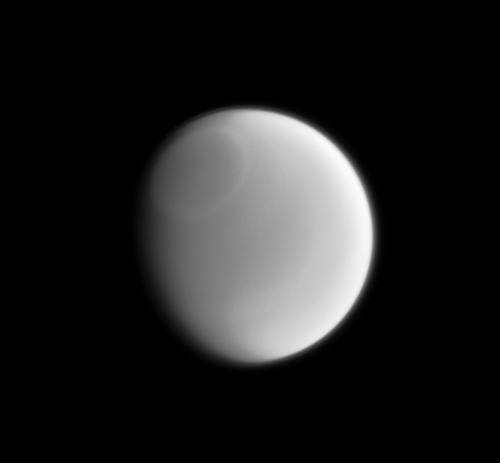
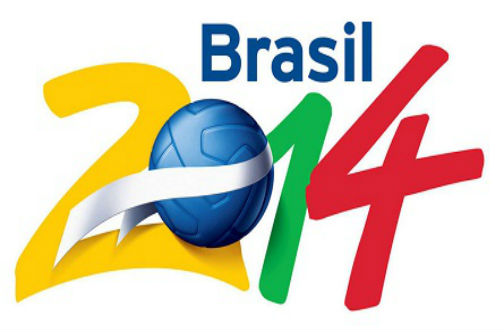
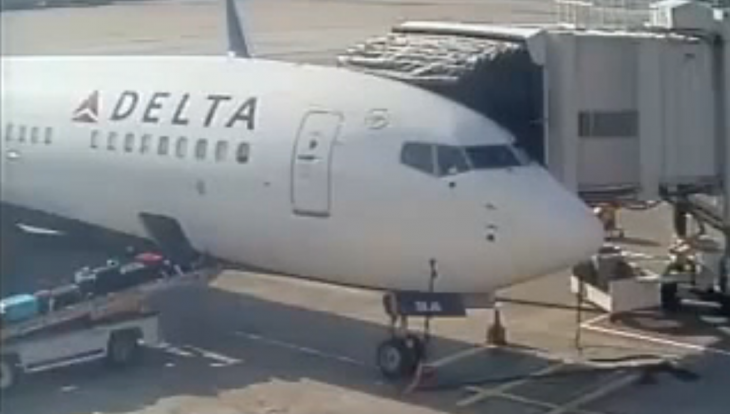
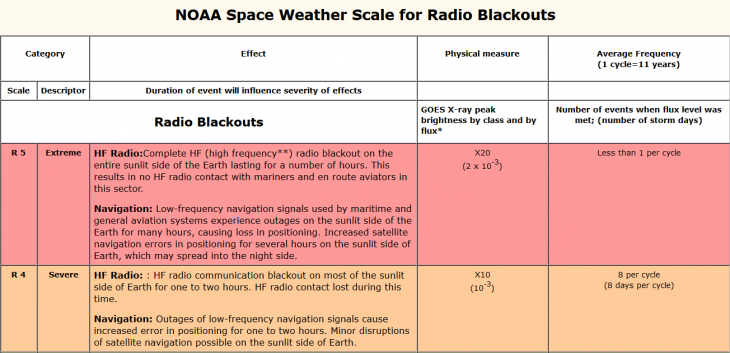
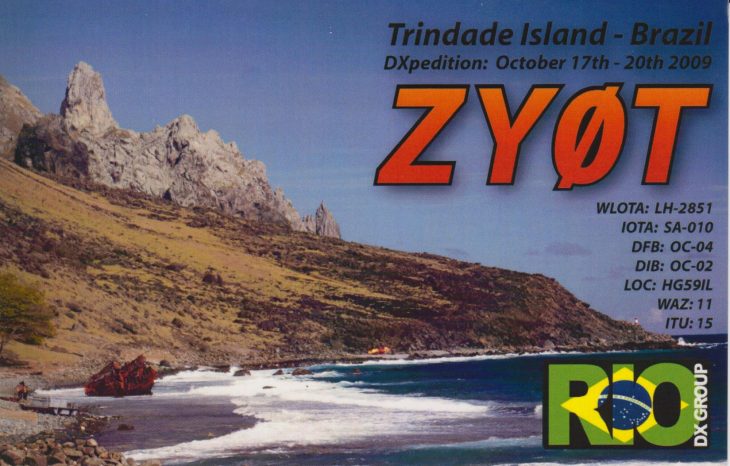
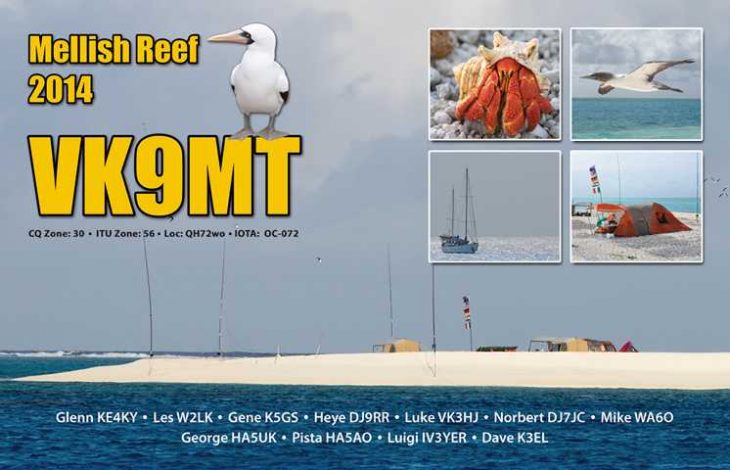
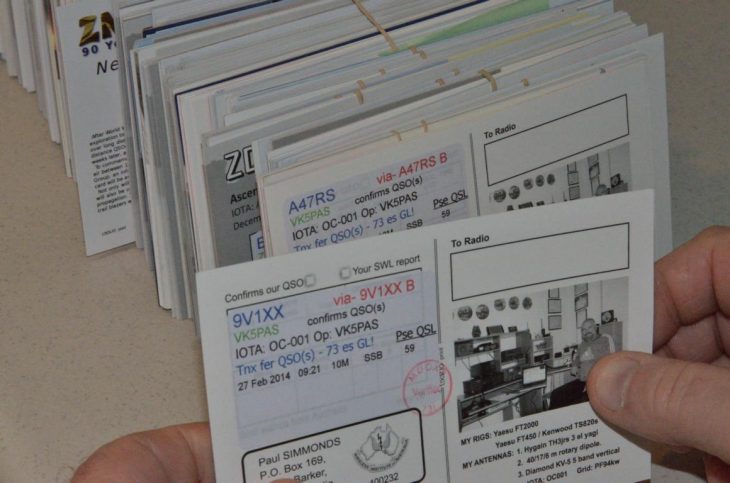
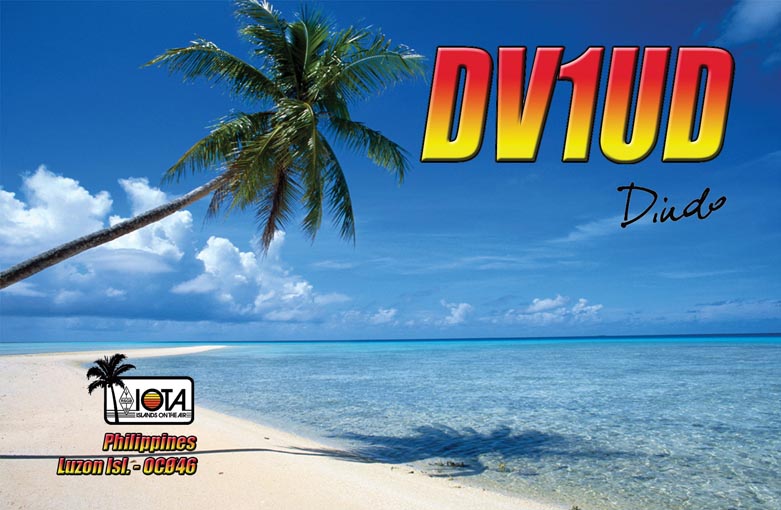 produce them for you or you can order cards from one of many services you will find advertised in Radcom, On-line services and other Ham Radio magazines.
produce them for you or you can order cards from one of many services you will find advertised in Radcom, On-line services and other Ham Radio magazines.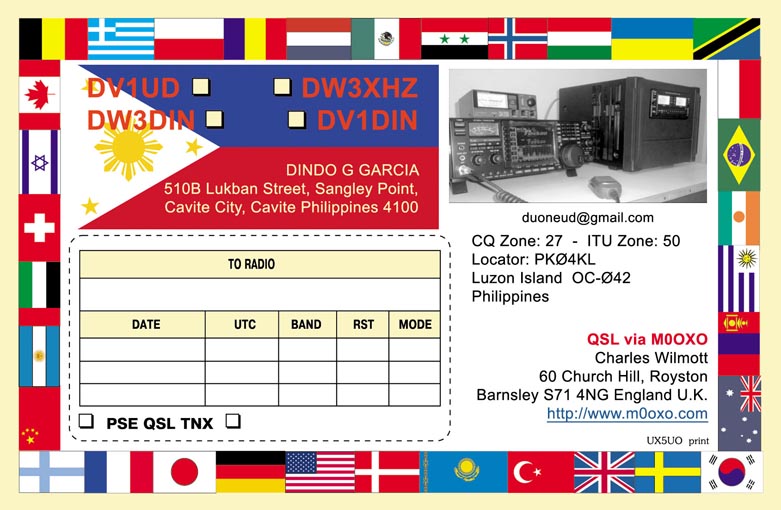 It can be used for hand writing cards but if the area is made the same size as a label for example, then you will have the option to overlay this area with a QSO Label (see image left).
It can be used for hand writing cards but if the area is made the same size as a label for example, then you will have the option to overlay this area with a QSO Label (see image left).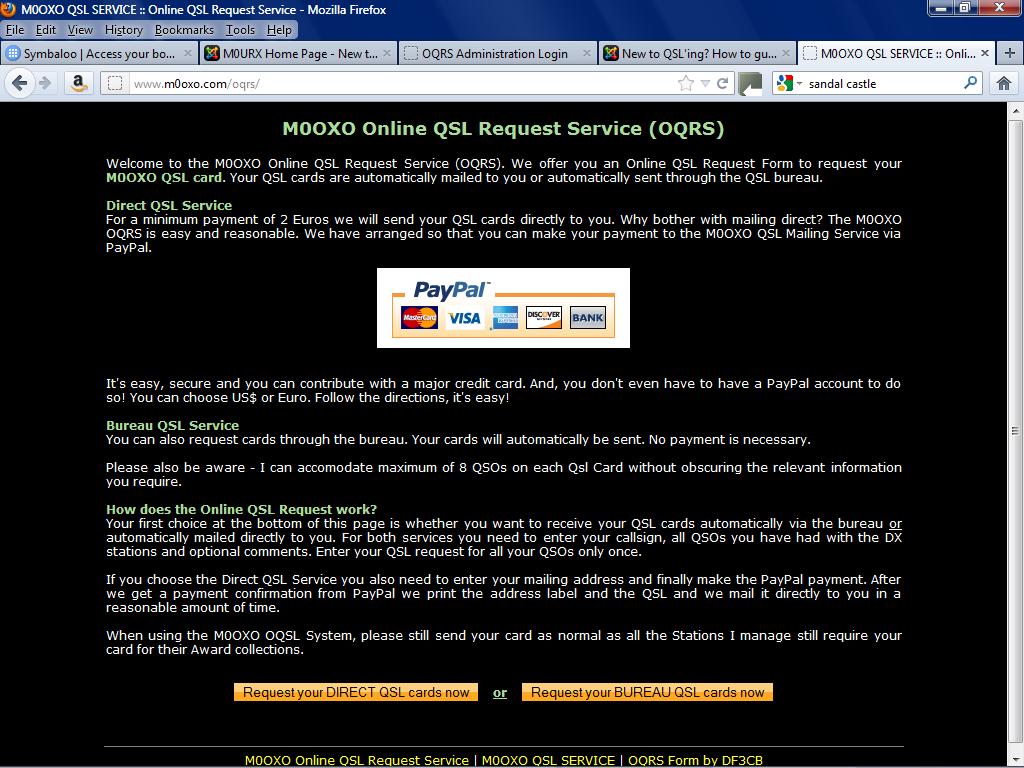
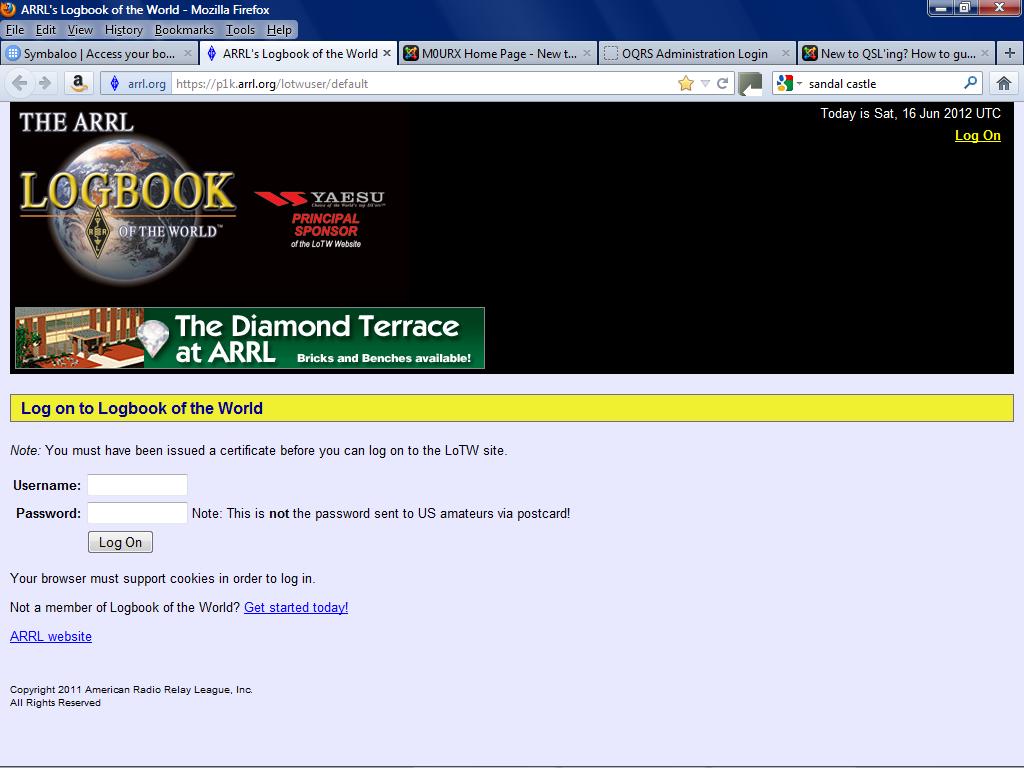 Using your web browser you will be able to design your own QSL card, send cards to contacts you have made and receive cards. The service also provides features for organizing cards received and creating summaries of them. Currently eQSLs are acceptable for CQ Awards.
Using your web browser you will be able to design your own QSL card, send cards to contacts you have made and receive cards. The service also provides features for organizing cards received and creating summaries of them. Currently eQSLs are acceptable for CQ Awards.